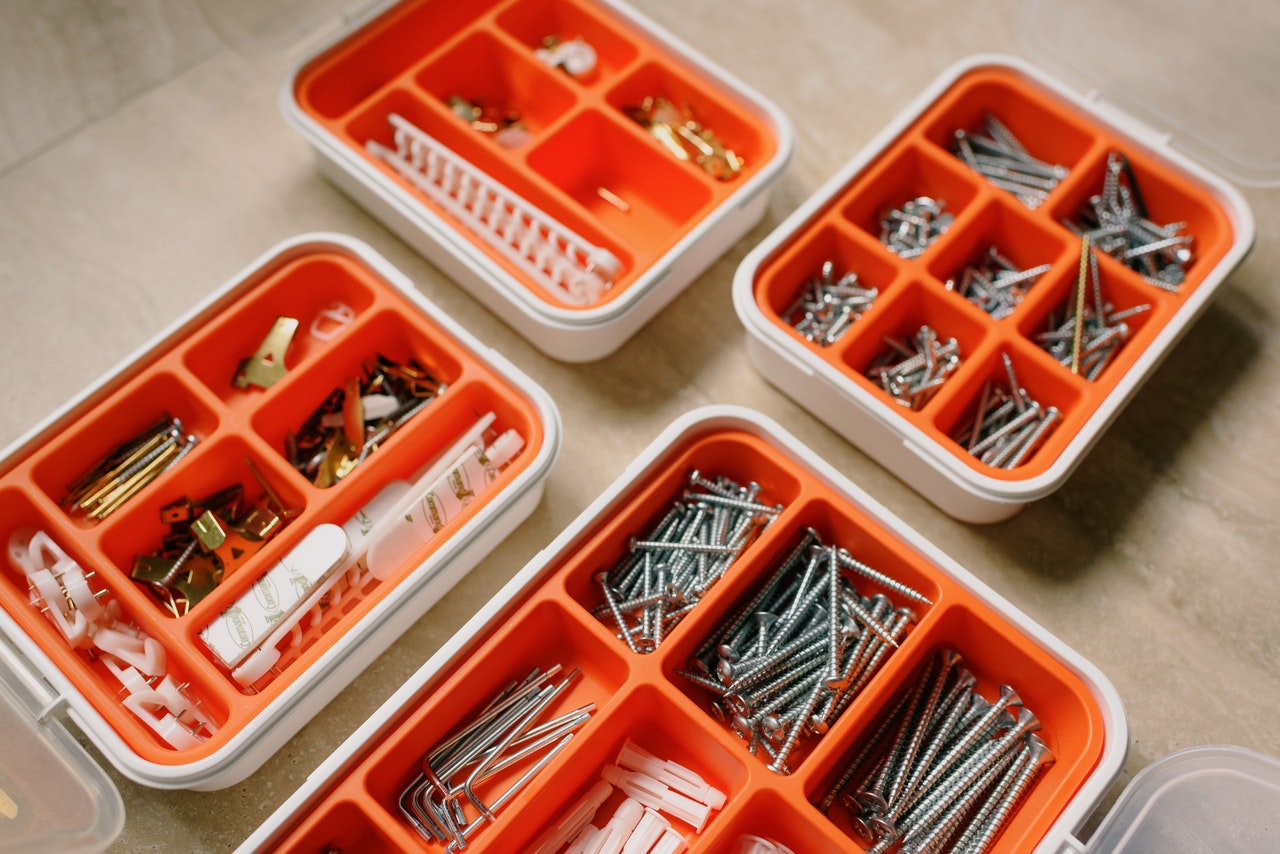As any homeowner knows, maintaining a house is costly and time-consuming, but it must be done. Whether it’s a broken water heater or leaks from the roof, the upkeep can damage your finances, and most people aren’t prepared to pay for emergency repairs. You’re already paying for utilities and a mortgage, and an abrupt issue can mess up your entire budget, no matter how carefully you think you planned it.
That’s why it’s important to set aside some money for emergency home improvements. But how much should go into it? Since renovation and upkeep costs are not easy to predict, we’ve come up with a list of tips to help you manage a renovation project and keep your expenses to a friendly amount.
1. Plan for every scenario
Start a list of things in your home that needs constant upkeep, so you have a sense of what to expect and how much to put aside for them. Divide your list into three areas: routine maintenance tasks, priority repairs, and your “wishlist” upgrades. The earlier you do this, the more money you’ll save.
Routine maintenance tasks, such as black mold removal, and checking the water heaters to flush out sediment and debris should come first because they prevent small issues from turning into a major expense. These are tasks that won’t require you to spend too much for their upkeep.
Priority repairs are the unexpected repairs you’ll need to make as soon as possible to avoid further damage to your home. For instance, a faulty electrical system poses a risk to you and your family, and you need to act right away to prevent electrocution or even a fire. Other things like broken windows and burned-out light bulbs also fall into this category.
And lastly, the “wishlist” upgrades. These projects are not necessarily major priorities, but they can be seen as aspirational goals for your home. Have you ever wanted a spiral staircase? What about a floor-to-ceiling, built-in bookshelf? These upgrades belong to your wishlist. You can make these upgrades happen when you have the extra budget for them.
2. Set aside an emergency budget
Starting a separate fund for repairs and improvements can help you a great deal in the long run, especially if you live in an old house. That way, you won’t have to take money from your savings account if something needs fixing. Another plus to having a separate fund is that it can cover other expenses if your main source of income is cut short. Having any extra money when things go unexpectedly wrong is always a saving grace, no matter which fund it’s coming from.
A home improvement fund is an investment, but not all projects warrant spending. Any amount of money you can spare can go into this fund, as long as something is put aside for it. This will grant you peace of mind in the future. And think about it: the more you have in this fund, the closer you are to putting your “wishlist” projects into motion. That’s a fair amount of motivation, isn’t it?
3. Learn simple upgrades and repairs
Many repairs are best left to the professionals, but there are also lots of home improvements that you can easily learn by yourself. Many basic repairs have tutorials on the internet, and they often show the process step by step, so you won’t have to worry if you missed anything. You’ll be saving yourself so much money once you get the hang of fixing a minor leak in your faucet or replacing a light bulb.
When it comes to DIY projects, you have to consider two important things: time and the materials involved. Take some time to learn the steps of what you’re about to do, and make sure you have the right tools on hand. Winging it and hoping for the best might end up costing you more than when you started. Don’t be scared to do some research — chances are, someone online might have had the same experience as you and has been successful at the project you’re trying out.

The bottom line
Home improvement and maintenance may cost you a fair amount of money. That much is true. Transforming your home into the best and safest version it can be is worth setting aside a bit of money, and with these three tips, you won’t have to shell out too much.
Always think ahead, be mindful, and ask a professional or consult comprehensive process tutorials in case you’re DIY-ing some repairs around the house. Best of luck!
